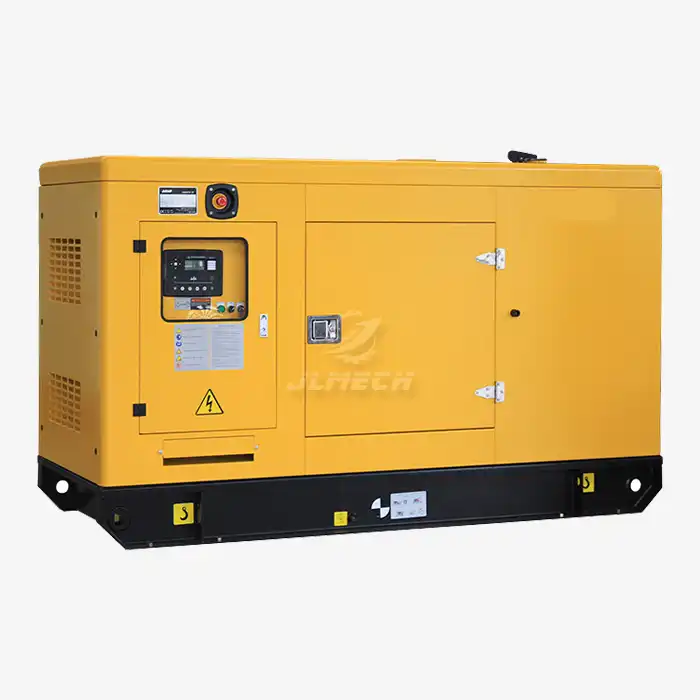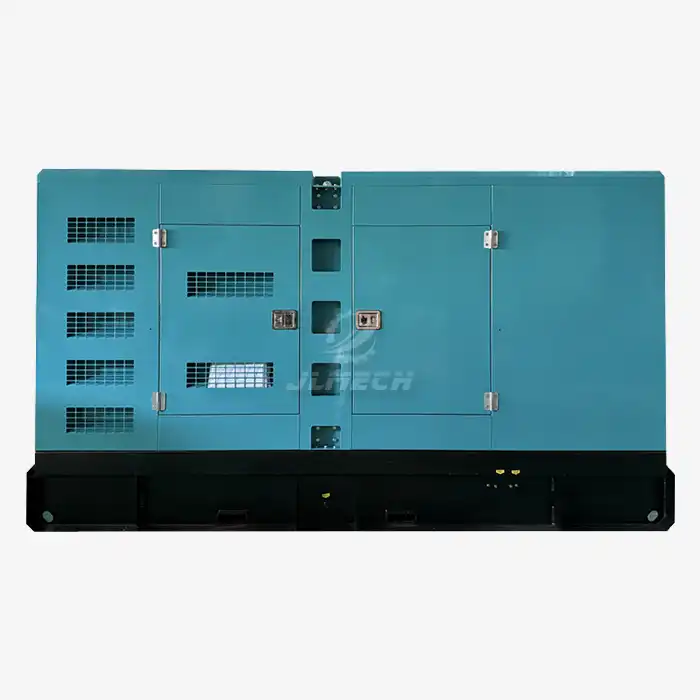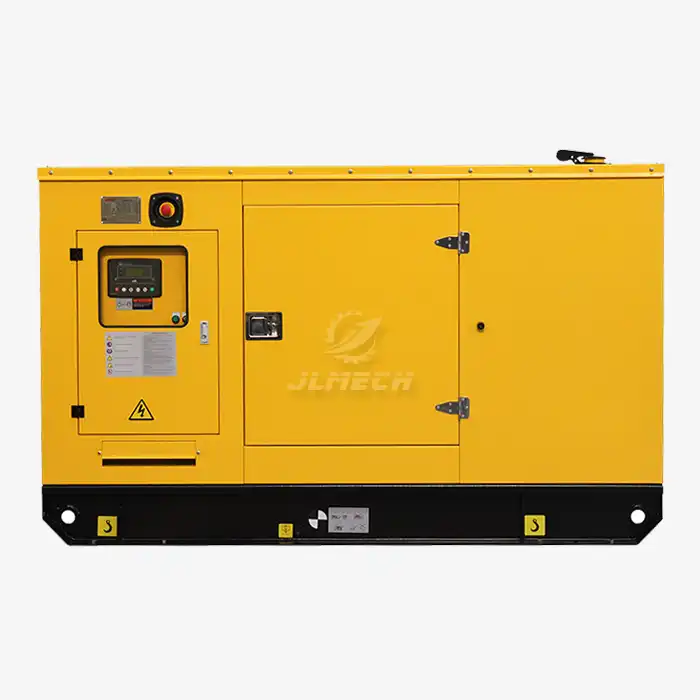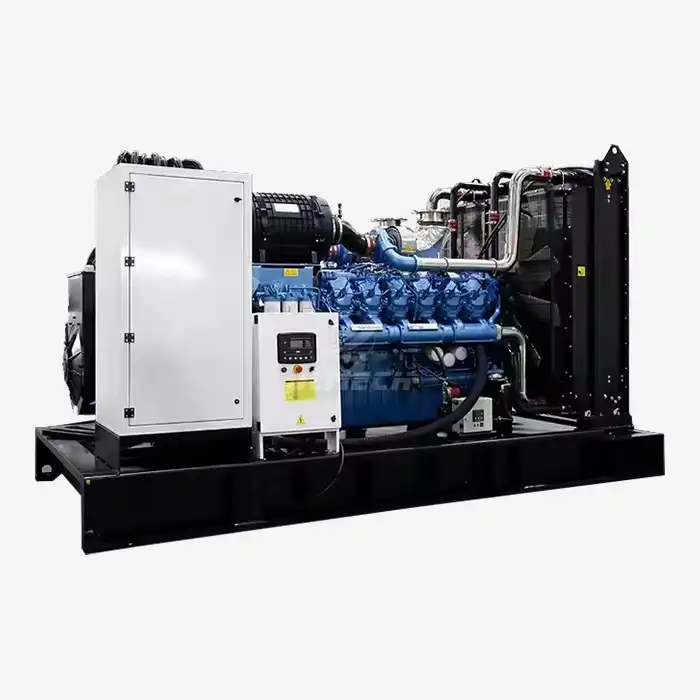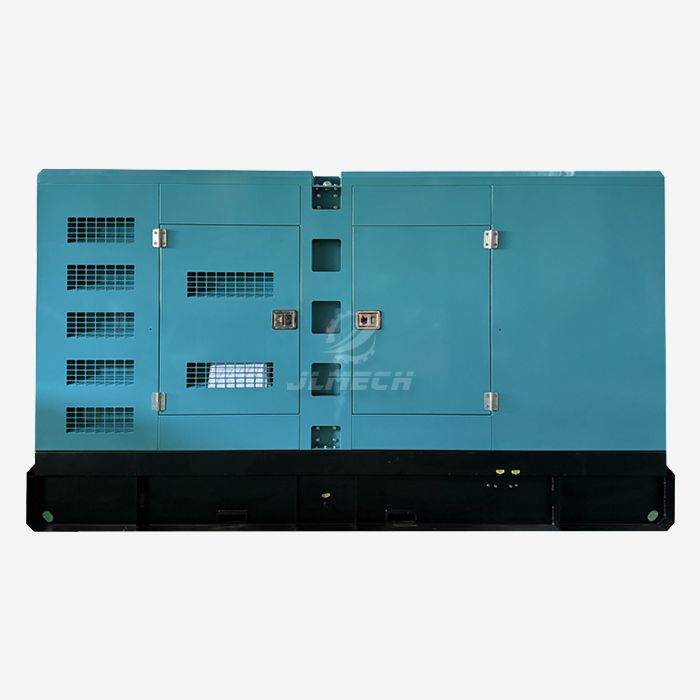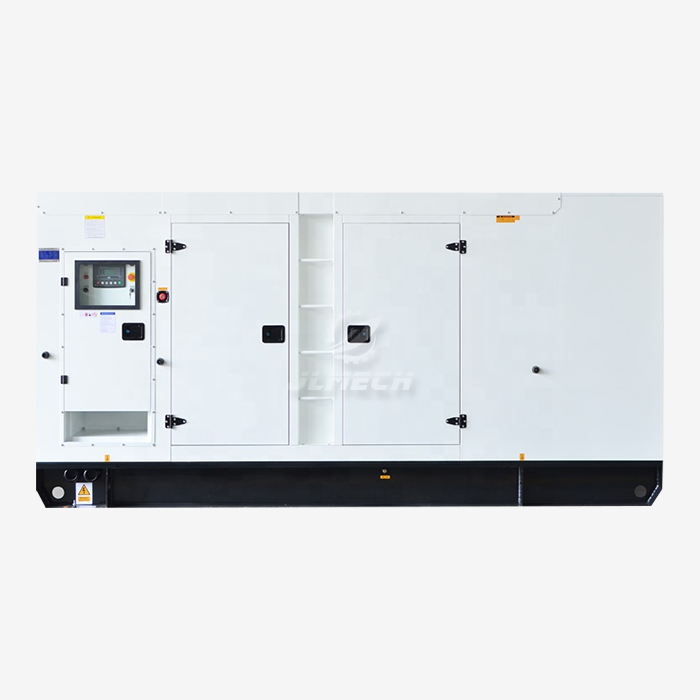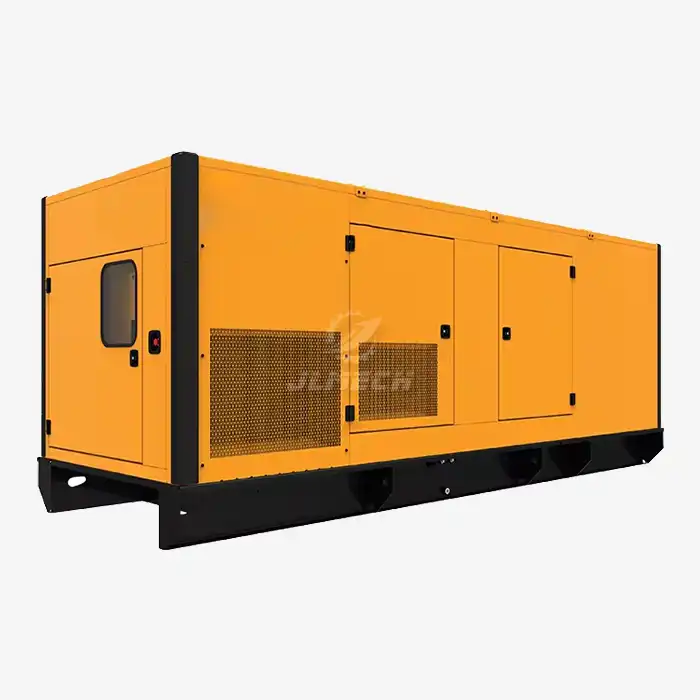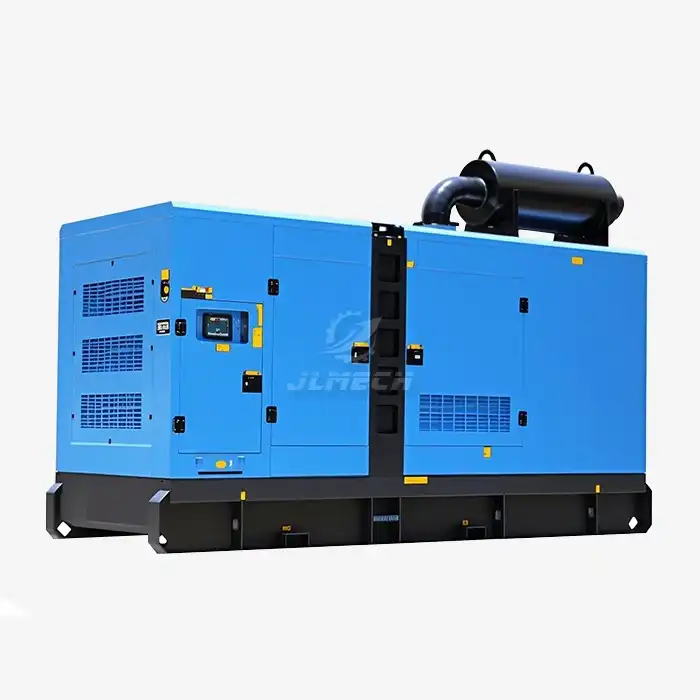What Decibel Level Is Acceptable for Commercial Generators?
The acceptable decibel level for commercial diesel generators varies depending on the environment and local regulations. Generally, the target range falls between 65 to 75 dB(A) at a distance of 7 meters from the generator. This level is comparable to the noise produced by a vacuum cleaner or a busy restaurant.
Factors Influencing Acceptable Noise Levels
Several factors contribute to determining the appropriate noise level for a generator installation:
- Zoning regulations and local noise ordinances
- Proximity to residential areas or noise-sensitive facilities
- Time of day the generator operates (daytime vs. nighttime use)
- Duration of generator operation (continuous vs. intermittent use)
It's crucial for businesses to consult local authorities and acoustic experts to ensure compliance with noise regulations. Jlmech's engineering team can assist in selecting generators that meet specific noise requirements for various applications.
Comparing Enclosure Types: Open vs Silent vs Super-Silent
Generator enclosures play a pivotal role in sound attenuation. The market offers several types of enclosures, each designed to cater to different noise reduction needs and operational environments.
Open Enclosures
Open enclosures provide minimal sound attenuation and are suitable for outdoor installations in industrial areas where noise is less of a concern. These enclosures offer excellent ventilation and easy access for maintenance but typically produce noise levels around 85-90 dB(A) at 7 meters.
Silent Enclosures
Silent enclosures, also known as sound-attenuated enclosures, incorporate acoustic insulation materials and baffles to reduce noise levels. These enclosures can bring noise levels down to 70-75 dB(A) at 7 meters, making them suitable for most commercial and light industrial applications.
Super-Silent Enclosures
Super-silent enclosures represent the pinnacle of noise reduction technology for commercial diesel generators. These enclosures employ advanced acoustic materials, multiple layers of insulation, and sophisticated airflow designs to achieve noise levels as low as 60-65 dB(A) at 7 meters. Super-silent enclosures are ideal for noise-sensitive environments such as hospitals, data centers, and residential areas.
Jlmech offers a range of enclosure options to meet diverse noise attenuation requirements. Our generator diesel silent 220V models, for instance, are engineered with high-performance sound attenuation features, making them suitable for noise-sensitive applications.
Meeting Local Noise Ordinance Requirements for Generators
Compliance with local noise ordinances is a critical aspect of generator installation and operation. Failure to meet these requirements can result in fines, operational restrictions, or even forced shutdown of the generator.
Strategies for Noise Ordinance Compliance
To ensure generators meet local noise ordinance requirements, consider the following strategies:
- Conduct a site-specific noise assessment
- Implement additional sound barriers or enclosures if needed
- Utilize advanced exhaust silencers and mufflers
- Consider vibration isolation mounts to reduce structure-borne noise
- Schedule generator testing and maintenance during less sensitive hours
Working with Local Authorities
Engaging with local authorities early in the planning process can help identify potential noise issues and develop appropriate mitigation strategies. This proactive approach can save time and resources in the long run.
Jlmech's commercial diesel generators are designed with noise compliance in mind. Our products feature:
- AC Output ranging from 20 to 3000KW
- Rated AC Voltage of 400/230V
- Frequency of 50Hz (60Hz available upon request)
- Engine Speed of 1500 R.P.M
- Three-Phase configuration
- Available in Silent and Open Frame types
- Water-cooled, turbocharged diesel engines
- Fuel tank capacities from 50 to 5000L for extended runtime
- Compact designs for easy transport and installation
- Customization options to meet specific project requirements
- Certifications including CE, Euro 5, EPA, and CARB
Our generator diesel silent 220V models are specifically engineered for businesses requiring uninterrupted power in noise-sensitive environments. These generators are ideal for hospitals, construction sites, and off-grid operations, ensuring smooth operations with minimal noise disruption.
Conclusion
Sound attenuation in commercial diesel generators is a complex but essential aspect of power solution design. By understanding acceptable decibel levels, comparing enclosure types, and meeting local noise ordinances, businesses can ensure their power needs are met without causing undue disturbance to the surrounding environment.
Are you looking for a quiet, efficient, and reliable commercial diesel generator for your business? Jlmech, with over 29 years of experience in power solutions, offers a wide range of generators designed to meet the most stringent noise requirements. Our team of 52 engineers across 3 R&D centers can optimize generator performance for your specific operational conditions, whether tropical, arid, or high-altitude.
With ISO 9001/14001 certifications, 26 overseas offices, and a comprehensive 2-year warranty, we deliver robust, fuel-efficient power solutions tailored for industries requiring uninterrupted operations. Our generators are trusted by global brands and are ideal for sectors including industrial manufacturing, construction, healthcare, and commercial facilities.
Don't let noise concerns hold back your power needs. Contact Jlmech today at skala@whjlmech.com to discuss how our silent diesel generators can provide the perfect balance of power and quietude for your business operations.
References
- International Organization for Standardization. (2016). "ISO 8528-10:2016 Reciprocating internal combustion engine driven alternating current generating sets — Part 10: Measurement of airborne noise by the enveloping surface method"
- Occupational Safety and Health Administration. (2021). "Occupational Noise Exposure - Overview"
- Environmental Protection Agency. (2020). "Noise Control Act"
- World Health Organization. (2018). "Environmental Noise Guidelines for the European Region"
- American National Standards Institute. (2019). "ANSI S12.23-2019 Method for the Designation of Sound Power Emitted by Machinery and Equipment"
- Institute of Electrical and Electronics Engineers. (2017). "IEEE 1547-2018 - IEEE Standard for Interconnection and Interoperability of Distributed Energy Resources with Associated Electric Power Systems Interfaces"




